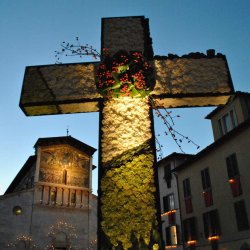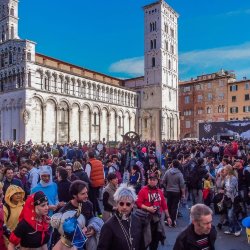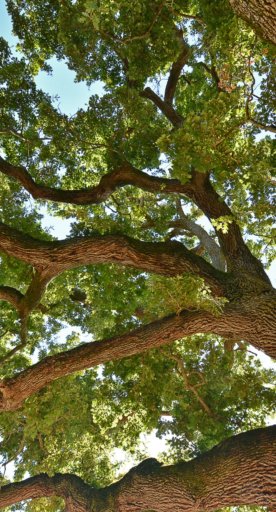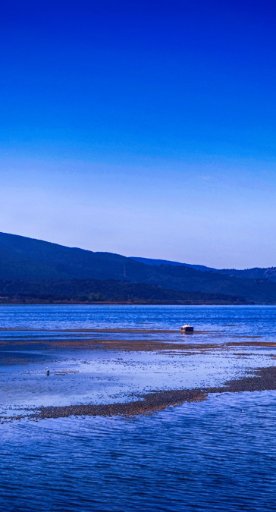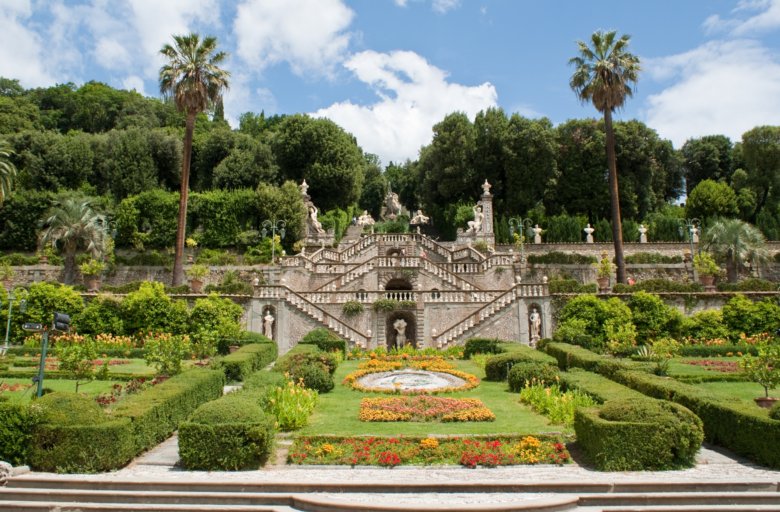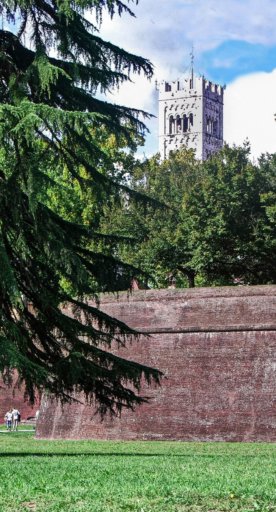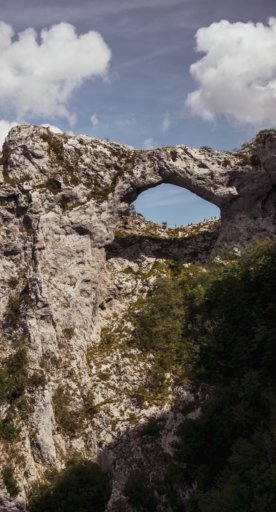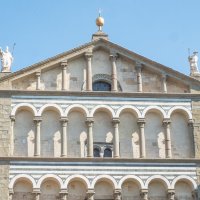
Feel like spring in Tuscany among gardens and nature
Among secret gardens and nature parks: here's how to best celebrate the rebirth of nature
With the arrival of warm weather, the desire to spend time outside the home also returns: walking around to discover the most romantic and fragrant gardens or planning some outdoor activities is a great way to leave winter behind.
Here are 5 ideas for making the most of this season!
-
1.Giardino delle Camelie della Lucchesia
-
2.Iris Garden
-
3.Daniel Spoerri’s Garden
-
4.Siena Botanical Garden
-
5.Orecchiella Natural Park and Mountain Flower Garden
Giardino delle Camelie della Lucchesia
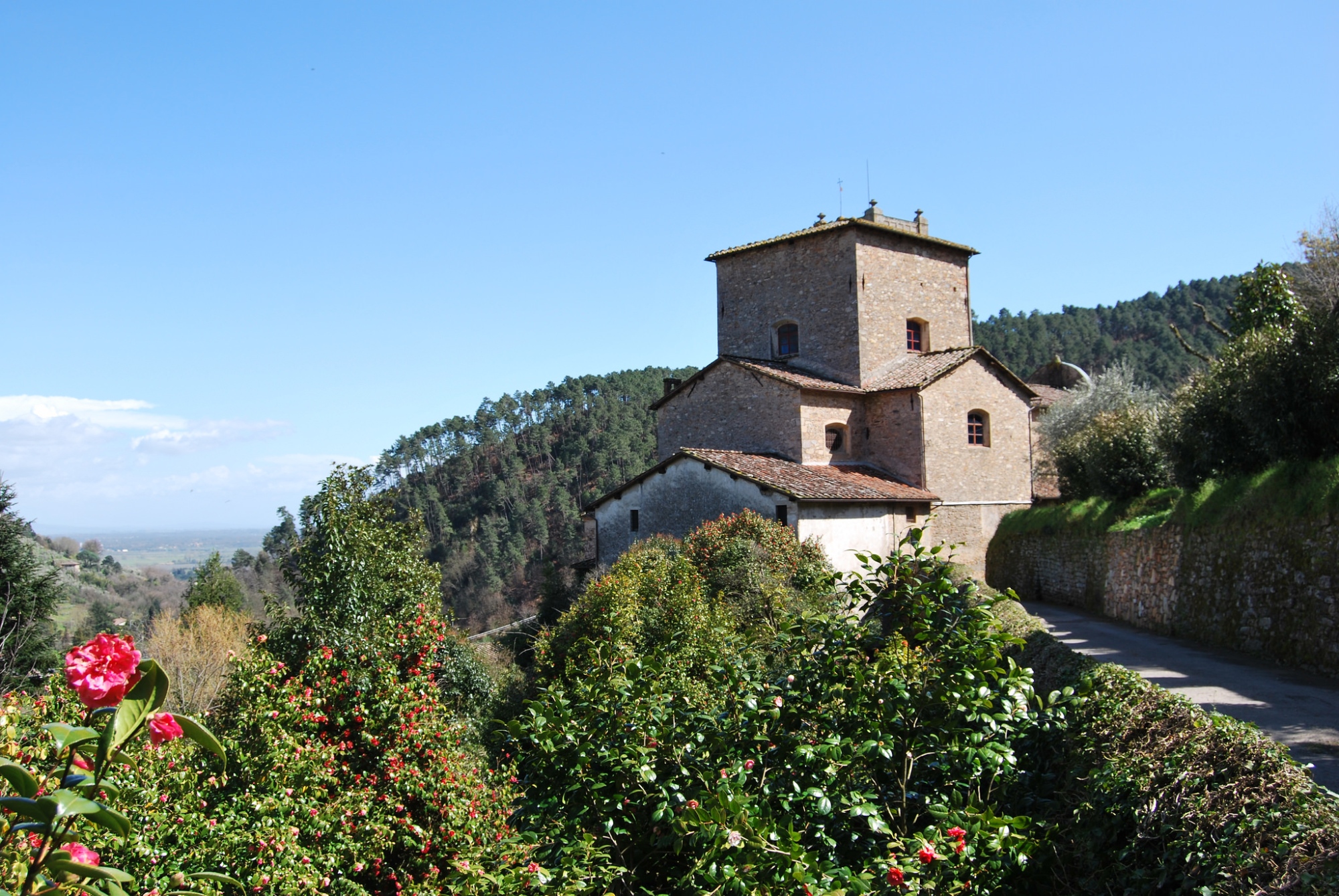
Just a few kilometers from Capannori, in Sant'Andrea di Compito, is located the Camellia Garden or Camellietum Compitese, a place that is home to more than 1.000 varieties of camellias and that in 2016 became a "Garden of Excellence," a title only 39 other places in the world can boast.
These oriental flowers arrived in Europe at the end of the 18th century and were so successful for their beauty and elegance that they immediately became the stars of the gardens of the most important residences.
Over the years, these romantic flowers have remained one of the territory's excellences: the colors of the garden range from ruby red to delicate pink, from mottled purple to pearl white: an enchanted corner capable of enduring over time.
Every year in March there is the event "Antiche Camelie della Lucchesia," (Ancient Camellias of Lucchesia) in which the towns of Pieve and Sant'Andrea di Compito become the Borgo delle Camelie (Village of the Camellias).
The garden is open year-round, but the best time to admire it is during the flowering season, which runs from February to April, with March being the month of maximum splendor.
Iris Garden

The Iris Garden is in Florence, close to Piazzale Michelangelo, on a slope that is home to olive trees, lawns, flower beds and a pond for growing water flowers.
It is a true green oasis in the heart of the city, made even more special by the fact that it remains somewhat hidden, like a little secret garden.
Opened in 1957 to host the 1st International Iris Competition, it celebrates the flower that has been the symbol of Florence since 1251: the so-called Florentine lily.
The full flowering of the over 1.000 varieties of irises from all over the world takes place in spring, between April and May: it is precisely at this time that the garden is open to the public and hosts the competition that, even today, rewards the best plants according to the judgment of an International Jury.
Daniel Spoerri’s Garden
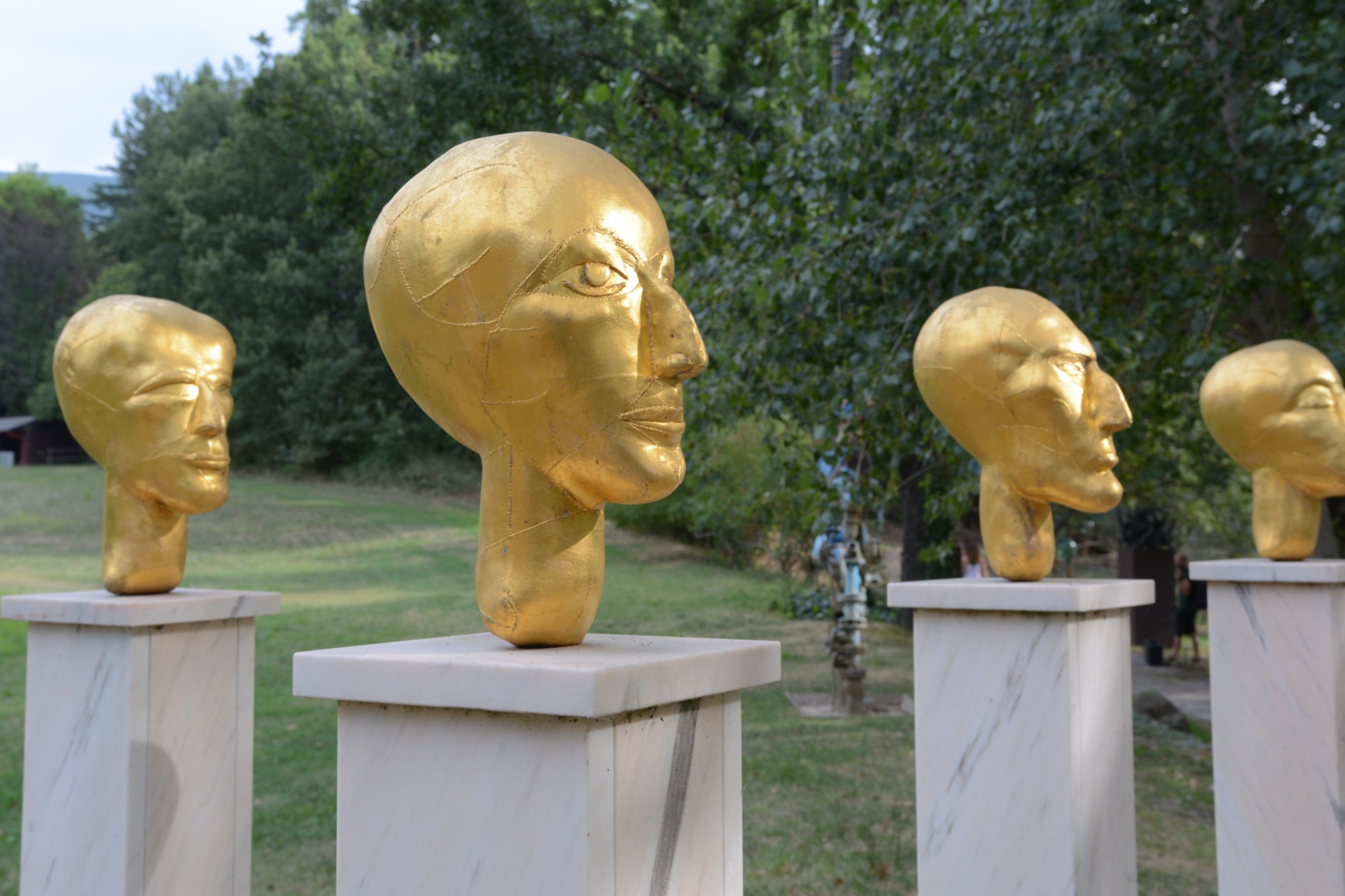
On the slopes of Mount Amiata, in Seggiano, Swiss artist Daniel Spoerri has chosen to live and pursue his research in a large estate not far from the town: nearly 16 hectares of land where nature and art coexist in perfect balance.
The garden is open to the public from April until October and houses 112 works by 55 different artists.
Of great fascination for families with children is Daniel Spoerri's labyrinthine walled Path or Olivier Estoppey's Dies Irae installation with three large drum players and 160 concrete geese.
The nature of the territory around the Amiata provides a backdrop for all the works on display, and the lush groves that are part of the landscape conceal numerous bronze statues by the artist.
Siena Botanical Garden
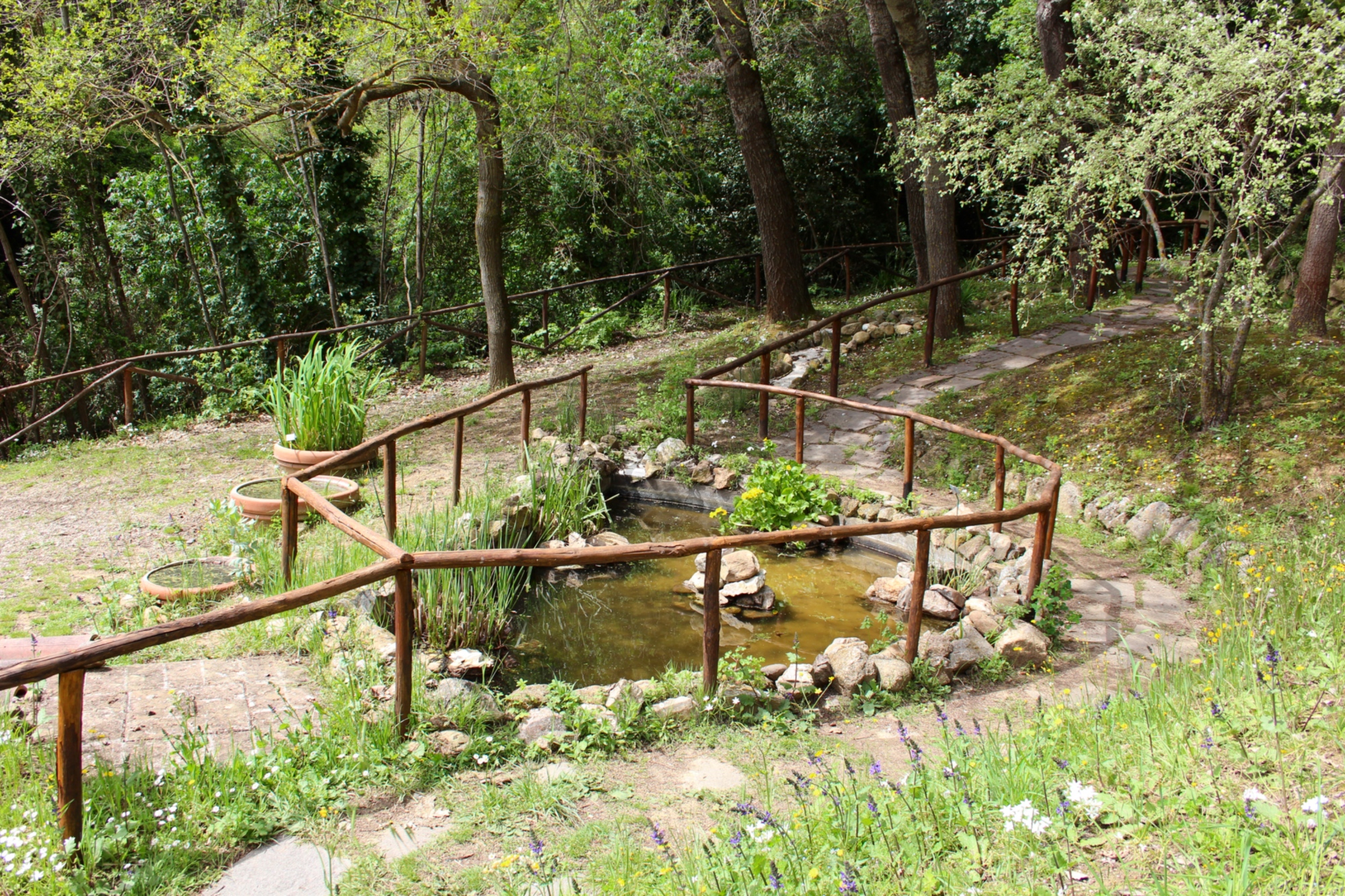
The Botanical Garden in Siena covers two and a half acres of valley within the city walls.
More than 2.000 plant species have been preserved here since the mid-19th century.
The entire garden, with its grounds, is designed in the style of 19th-century Italian gardens and also boasts numerous exotic specimens.
The main intent of the place - and of the nearby Botanical Museum - is to preserve biodiversity and promote environmental education. Various environments are reproduced in the park, with a focus on plants typical of central-southern Tuscany.
Don't miss the greenhouse - which reproduces the warm and humid climate of equatorial forests - the tepidarium and, lastly, the lemon house.
Also part of the Botanical Garden is the herbarium, the Herbarium Universitatis Senensis, a place with more than 90000 dried plants with historical pieces from the 18th century and contemporary specimens.
Orecchiella Natural Park and Mountain Flower Garden
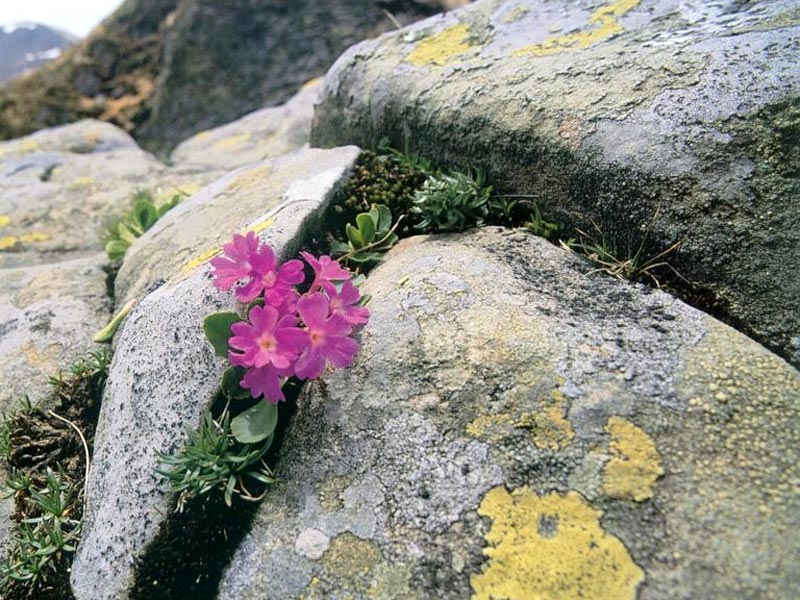
The Orecchiella Nature Park is a nature reserve in the heart of Garfagnana and covers more than 5.000 hectares between the Apuan Alps and the Tuscan-Emilian Apennines.
Trekking, hiking, trail running, hiking - even at sunset and at night - and guided tours are just some of the activities that can be planned in this natural paradise.
At the Visitor Center in San Romano in Garfagnana is the park's fee-paying area.
Don't miss the Mountain Flower Garden to stroll through the most colorful mountain species and some animals - housed in free-roaming enclosures - such as deer and brown bears.



